Only 173 hunters have accomplished this incredible feat. Will you be the next?
The Grand Slam Club — later to become Grand Slam Club/Ovis — was founded in 1956 by Bob Housholder. It was a time of rising popularity for conservation, and records preservation was part of that initiative. One of his goals was to document those who bagged all North American trophies recognized by Boone & Crockett, ultimately keeping track of these impressive animals and the hunters who tagged them.
As a result, in time, the Super Slam of North American Big Game® was born. This achievement hasn't been accomplished by many individuals, though. The complete list of registered recipients holds only 173 names. That's a very small crowd, and it takes serious dedication, planning, resources, and time to become part of it.
Today, Grand Slam Club/Ovis (GSCO) is the official archive of the Super Slam of North American Big Game®. They house the records and maintain records keeping. Contact GSCO to register animals you harvest.
Here are all 29 animals you need to join an elite group of big game hunters.
Editor's note: This gallery was originally compiled in January, 2018. Super Slam® is a registered trademark of Grand Slam Club/Ovis used with permission.
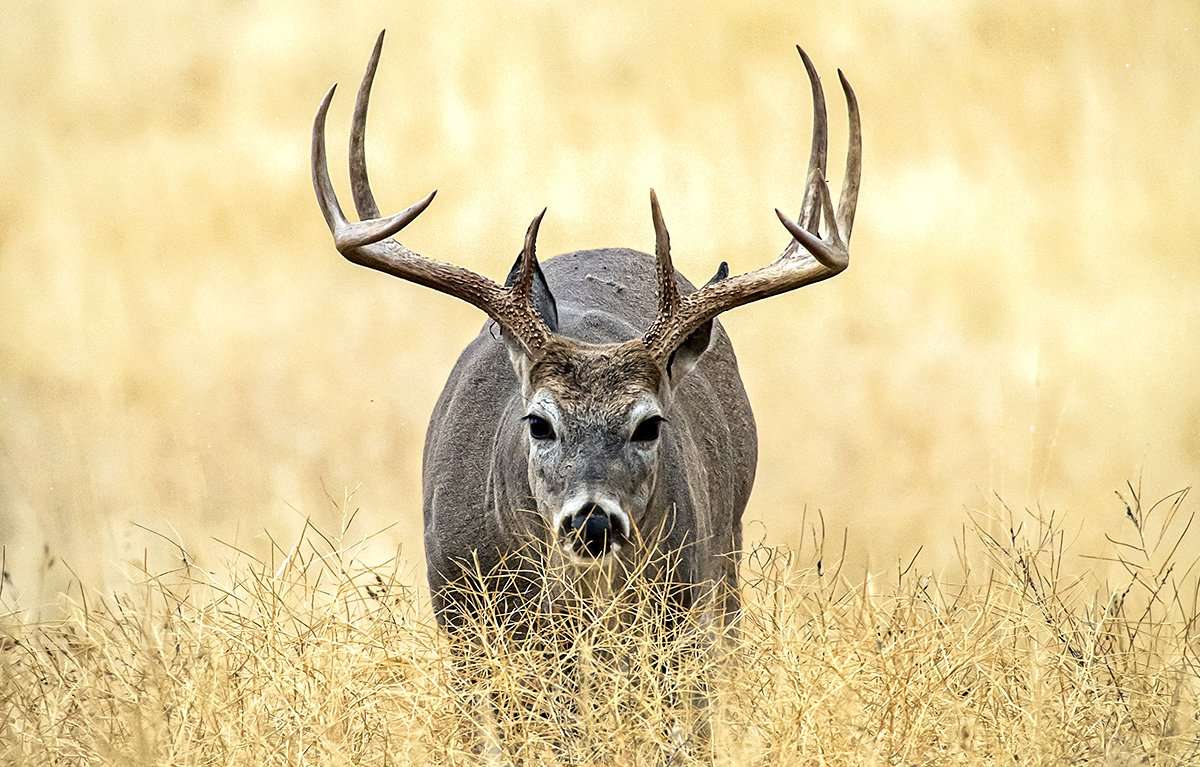
This is the "easy" one. (But they're in no way easy to hunt or kill.) The white-tailed deer is the most common and hunted big game animal in North America. Mature bucks in the South weigh as little as 100 to 125 pounds and bucks in the North can weigh upwards of 300 pounds. Antler sizes range in scope as well.
Click here for more information on the white-tailed deer.
Photo credit: John Hafner
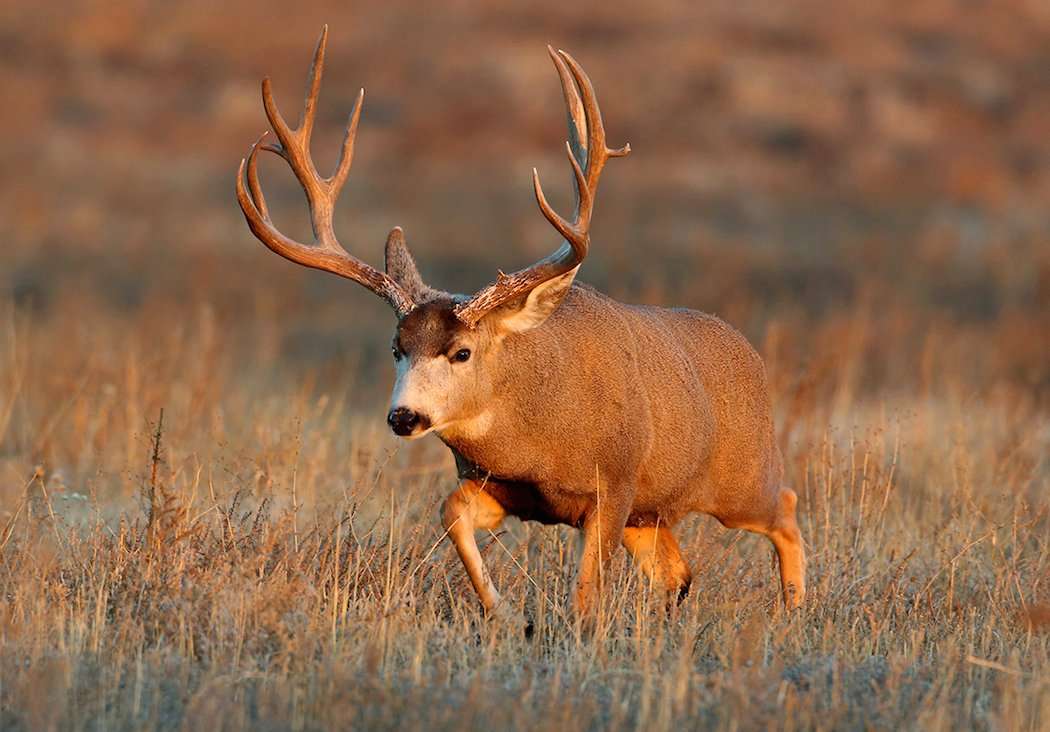
The larger cousin to the white-tailed deer, mature mule deer weigh from 150 to 400 pounds. Interestingly enough, mule deer and whitetail ranges commonly overlap. Therefore, with the right tags, you can often tag a mule deer and a whitetail relatively close to each other. Muleys are mostly found in the Midwest, farther west, and northward into Canada.
Click here for more information on the mule deer.
Photo credit: Images on the Wildside
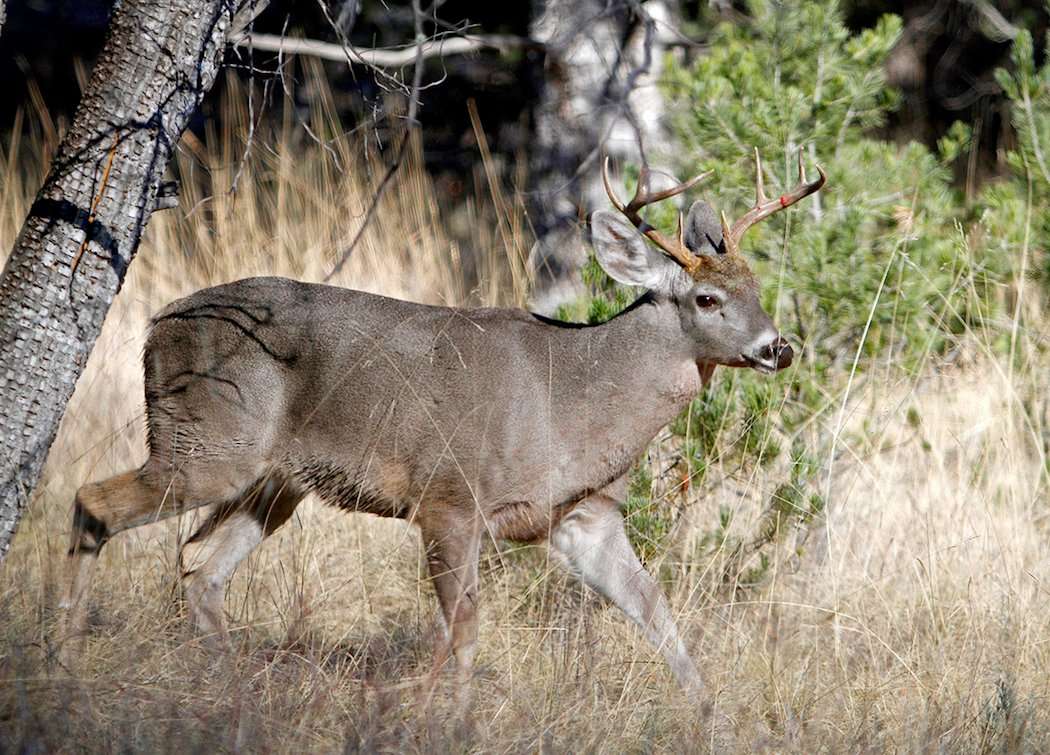
This is the whitetail's little cousin. It sports much smaller antlers, too. The Coues weighs significantly less and is found in Arizona, New Mexico, and Mexico. Its range overlaps minimally with whitetails.
Click here for more information on the Coues white-tailed deer.
Photo credit: Images on the Wildside
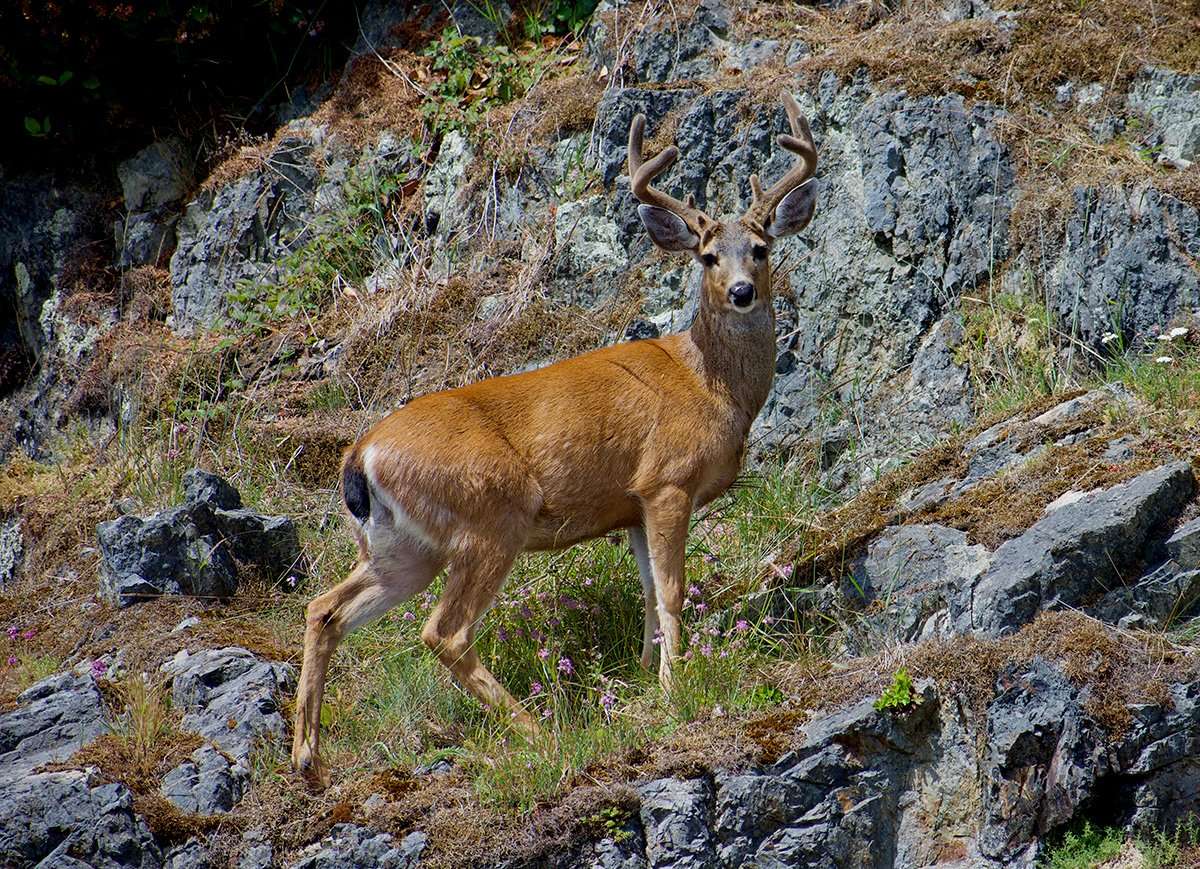
More elusive than the larger members of the deer family, Columbia black-tailed deer can be found up and down the West Coast. Ultimately, they look like a mule deer, only much smaller. In contrast to the whitetail, this one gets its name from the dark-colored tip at its rear. They range from 150 to 200 pounds at maturity and have fairly small antlers.
Click here for more information on the Columbia blacktail.
Photo credit: Daniel Bruce Lacy / Shutterstock

Still need the Sitka? This deer is even more elusive than the Columbia blacktail. The Sitka is found in the coastal regions of western Canada and southwestern Alaska. These deer weigh approximately 150 to 175 pounds at maturity and grow fairly small antlers compared with the other subspecies.
Click here for more information on the Sitka blacktail.
Photo credit: Joe Bell
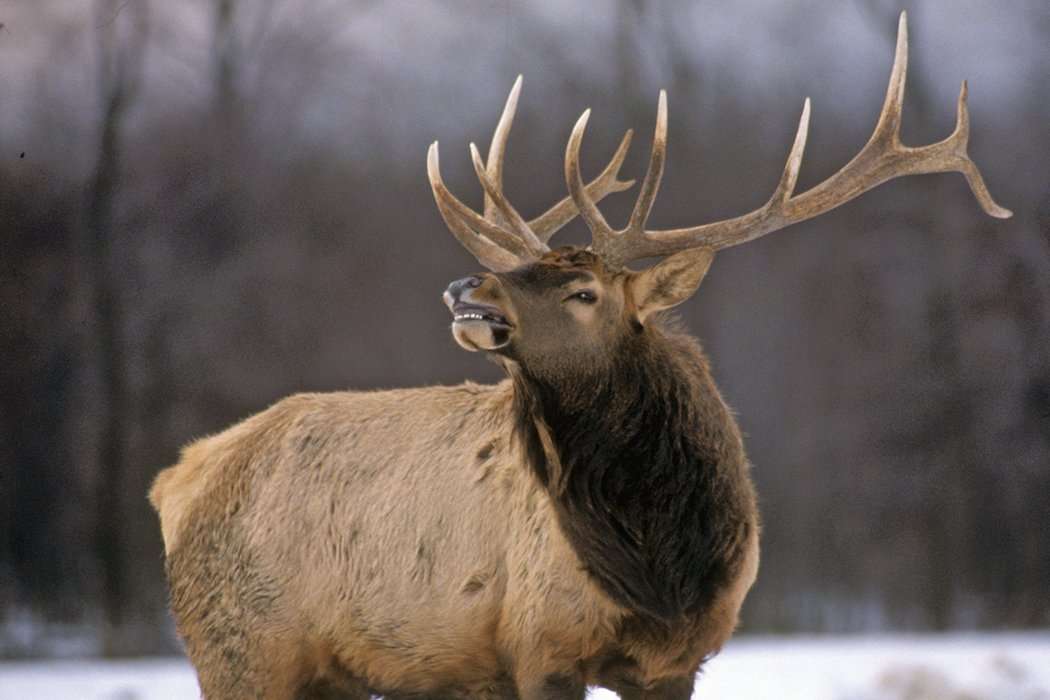
Who doesn't love the elk? The Rocky Mountain subspecies is somewhat smaller than its Roosevelt cousin, but its antlers are generally longer. Mature bulls can weigh more than 900 pounds and are typically very aggressive during the rut. They're common throughout the Western states and even some Eastern states.
Click here for more information on the Rocky Mountain elk.
Photo credit: John Hafner

You can find the "Rosie" in Washington, Oregon, and parts of Canada. They've also been released in Alaska. Mature males can weigh in at more than 1,000 pounds, and their antlers typically crown somewhere near the end of the beam.
Click here for more information on the Roosevelt elk.
Photo credit: Gregg Ritz
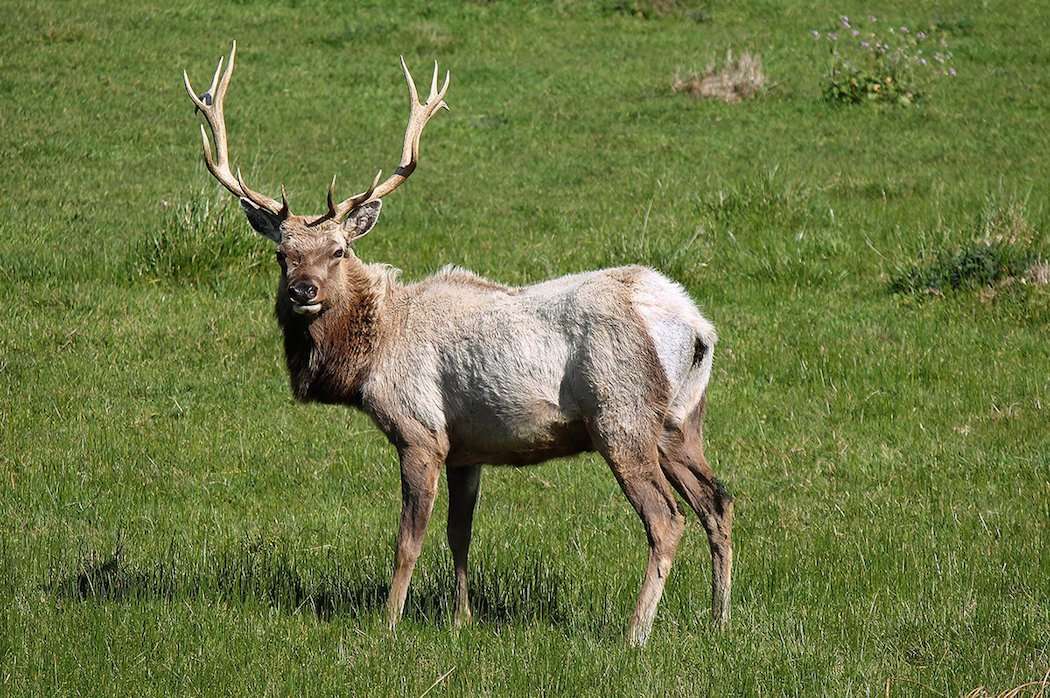
The Tule is the least common of the three elk subspecies. Far fewer in number than they once were, they can be found only in California. They're much smaller in weight and antler size than the Rocky Mountain and Roosevelt elk. Killing one of these is a significant achievement.
Click here for more information on the Tule elk.
Photo credit: Stephen G / Wikimedia Commons

Weighing approximately 1,500 pounds, the Canada moose is the third largest mammal in North America. Only the Alaskan Yukon moose and American bison are bigger. It ranges across each of the Canadian provinces and several northern U.S. states.
Click here for more information on the Canada moose.
Photo credit: Archer's Choice Media

The Shiras is the smallest of the three North American moose subspecies, carrying relatively smaller antlers. A staple of this animal is its pale-colored saddle. It's found in Colorado, Utah, Wyoming, Idaho, Montana, Washington, and southern Alberta.
Click here for more information on the Shiras moose.
Photo credit: Gary K. Gray / Shutterstock
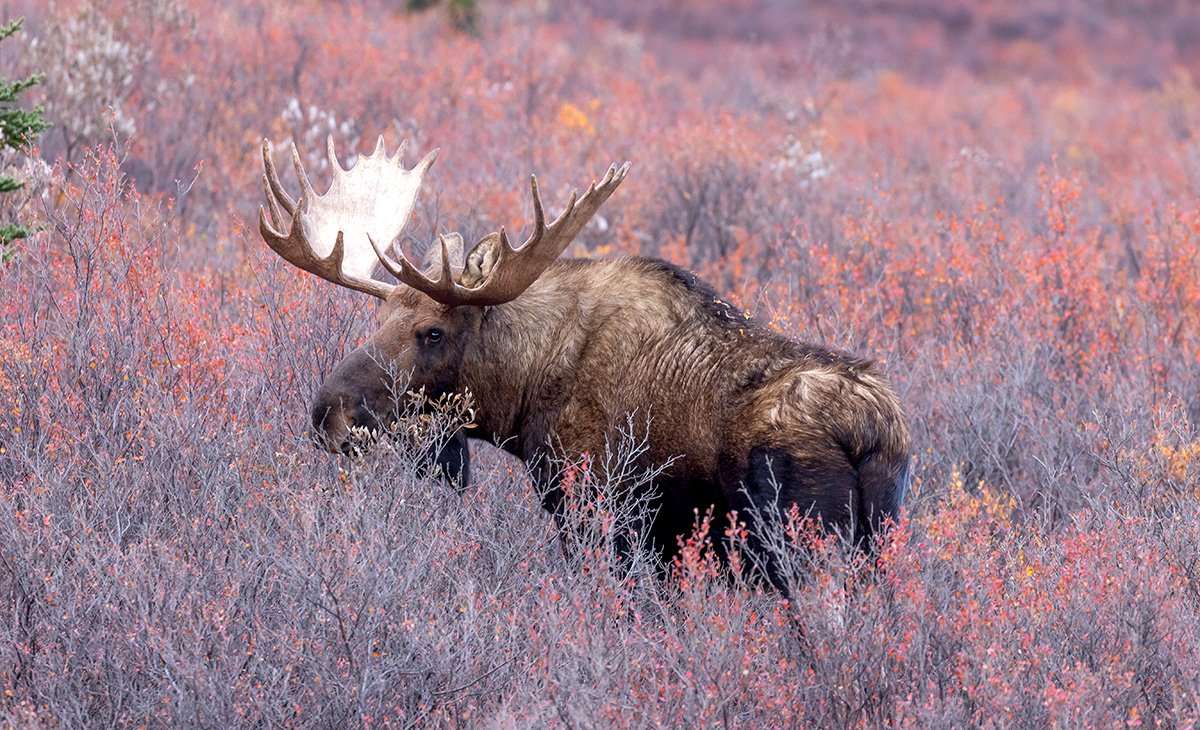
Winner of the heavyweight award, the Yukon moose tips the scales at more than 1,800 pounds. North America's second largest animal, it can only be found in northwestern Canada and Alaska.
Click here for more information on the Alaska Yukon moose.
Photo credit: Tom Tietz / Shutterstock
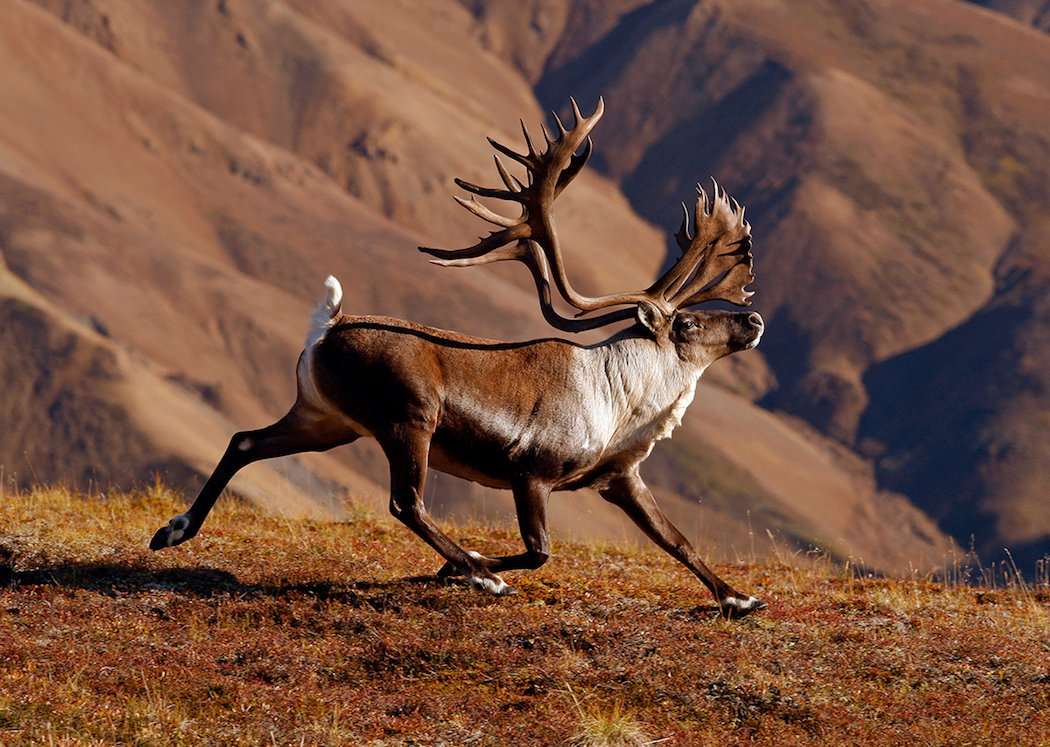
The barren ground caribou lives in northwestern Canada and Alaska. A typical herd can number 100,000 strong and can migrate hundreds of miles in a year. Fairly large in size, they range from 400 to more than 500 pounds.
Click here for more information on the barren ground caribou.
Photo credit: Images on the Wildside
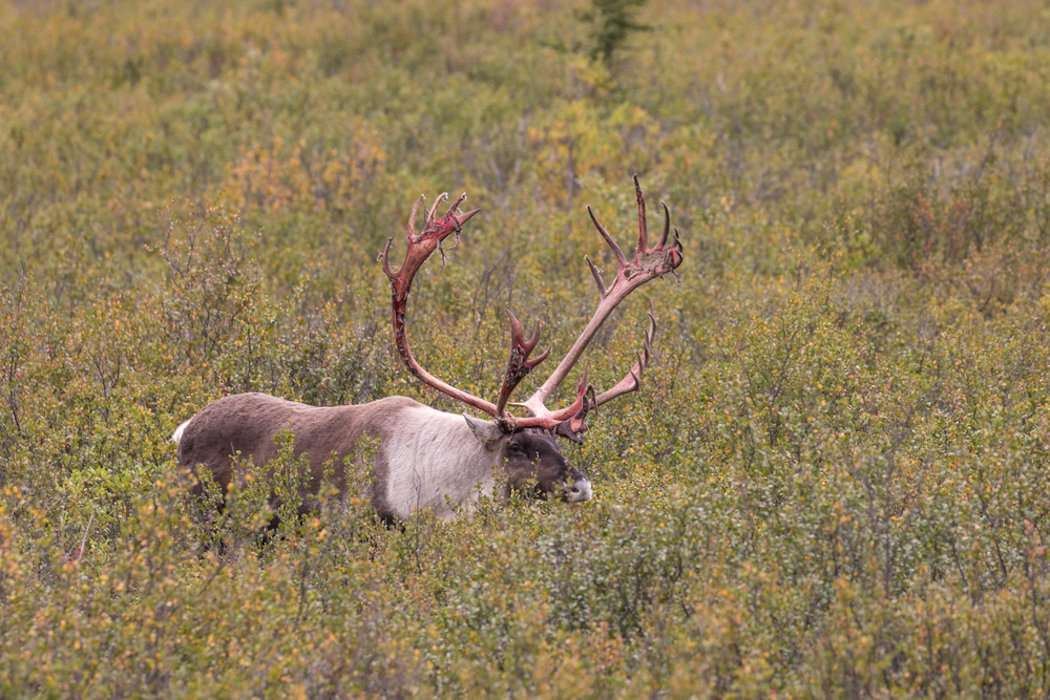
You'll find the Central Canadian barren ground caribou in the tundra of north-central Canada. These animals vary in size, weighing anywhere from 225 to 475 pounds. They tend to score less than their mountain and barren ground cousins.
Click here for more information on the Central Canadian barren ground caribou.
Photo credit: Tom Tietz / Shutterstock
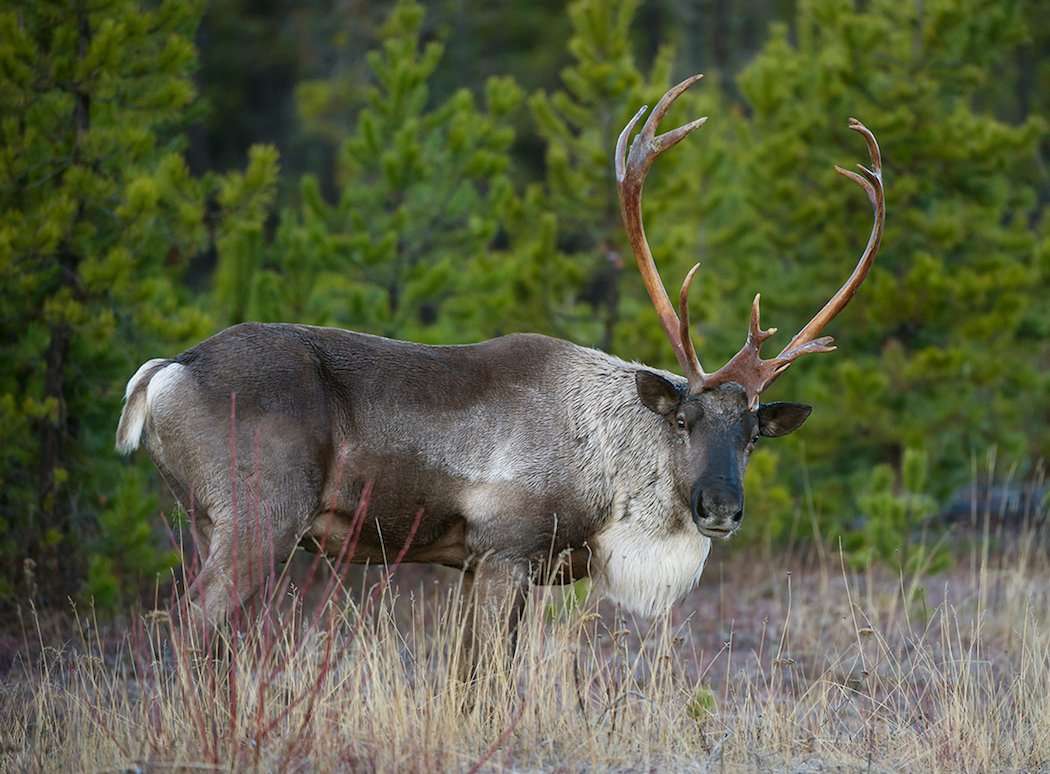
The woodland caribou lives in central and eastern Canada. These generally weigh 325 to 450 pounds and have the smallest antlers of all caribou except for those residing in the Arctic islands. Also, they don't migrate quite as far as other caribou.
Click here for more information on the woodland caribou.
Photo credit: Images on the Wildside
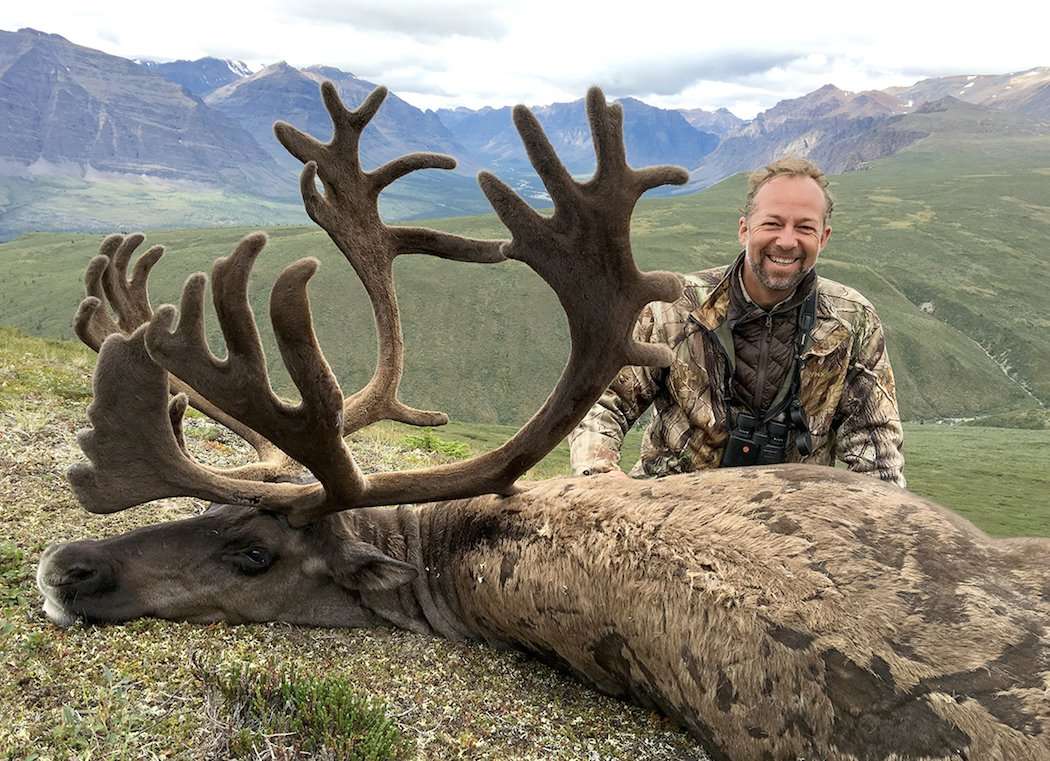
The mountain caribou is the heaviest of the five subspecies, weighing as much as 600 pounds and sporting fairly large antlers. Herds are generally smaller and found in western Canada and northwestern parts of the United States.
Click here for more information on the mountain caribou.
Photo credit: Super Slam Club/Ovis/Eddy Dankers
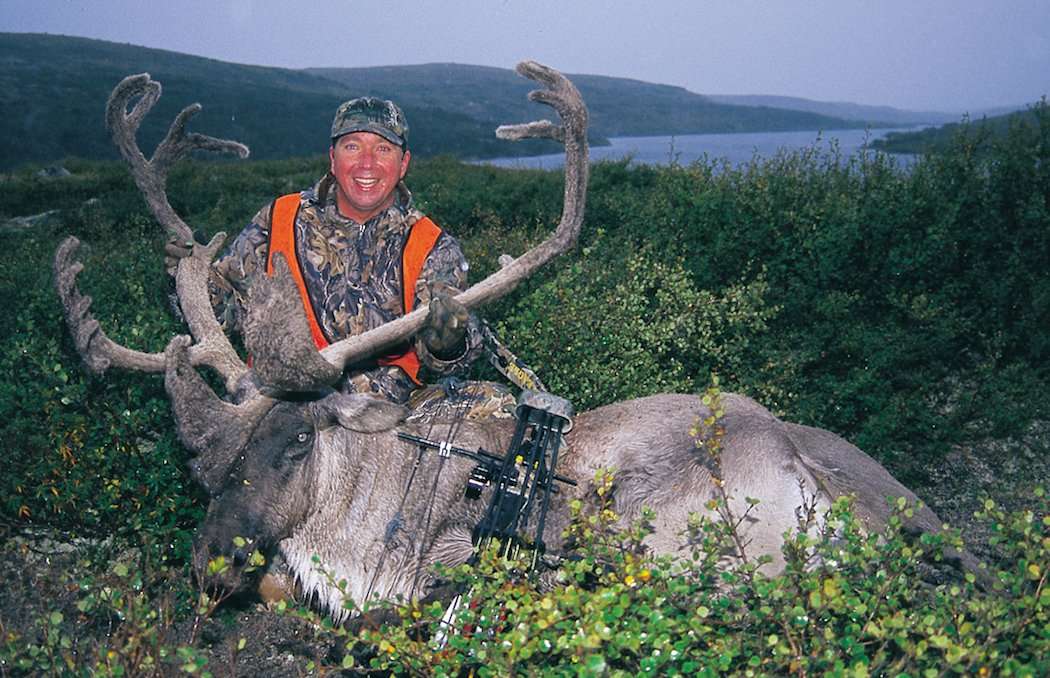
This subspecies generally weighs in at about 325 to 450 pounds. Currently, they are not doing well and numbers are lower than normal. They are highly migratory and only inhabit northeastern Canada.
Click here for more information on the Quebec Labrador caribou.
Photo credit: Super Slam Club/Ovis/Tom Miranda
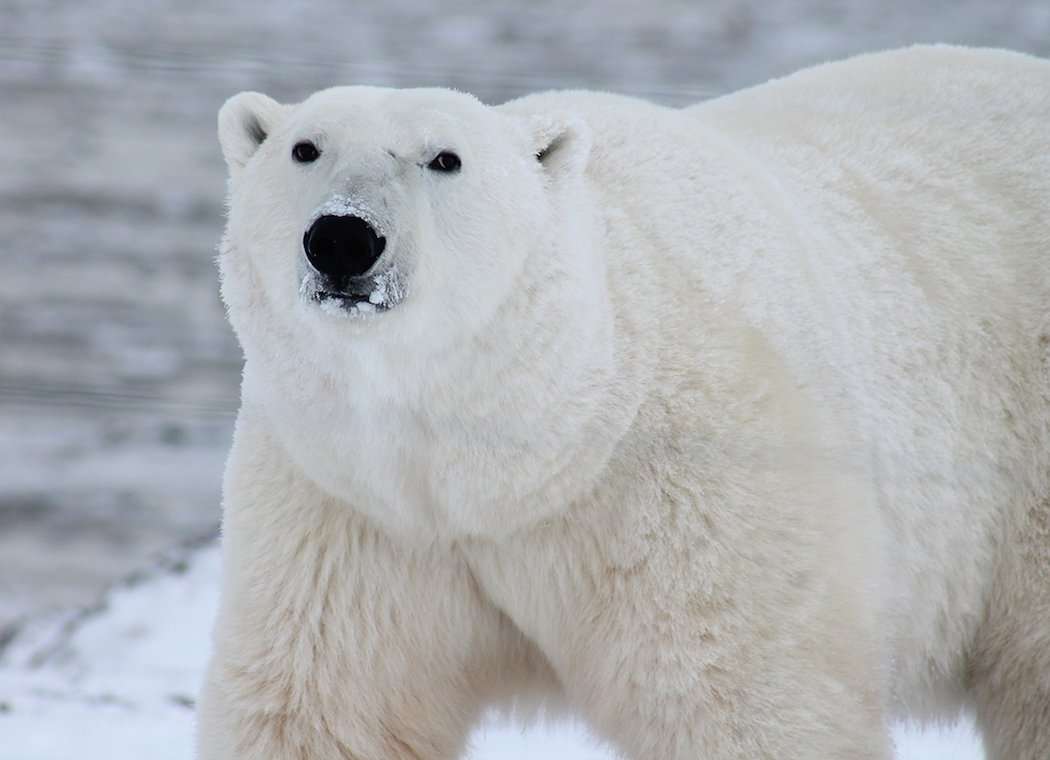
This is the biggest of the bear subspecies. The polar bear inhabits the Arctic and lives on both ice and land. Populations are the densest around coastal areas. Adult males can weigh upwards of 1,000 pounds. However, hunting options are very limited.
Click here for more information on the polar bear.
Photo credit: Tally Cavang / Shutterstock
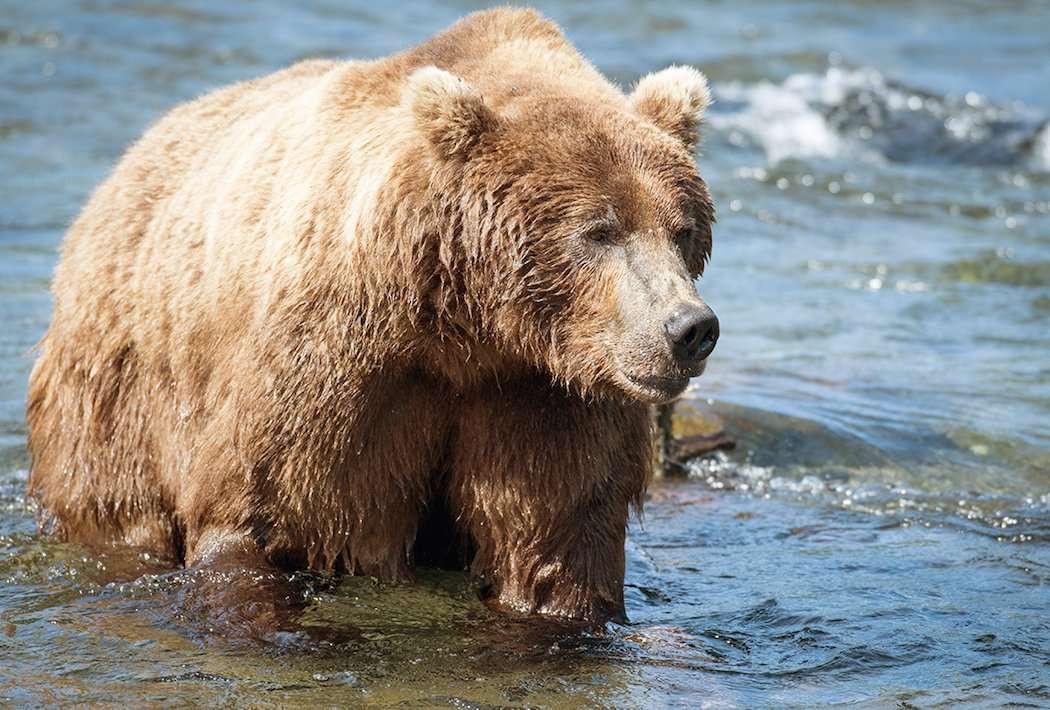
The Alaska brown bear resides in Alaska as well as southward along the Canada coast. This bad boy is generally a light brown to chocolate color and can weigh 750 to 1,000 pounds. Other than the polar bear, it's the largest land carnivore in the world.
Click here for more information on the Alaska brown bear.
Photo credit: Tony Campbell / Shutterstock
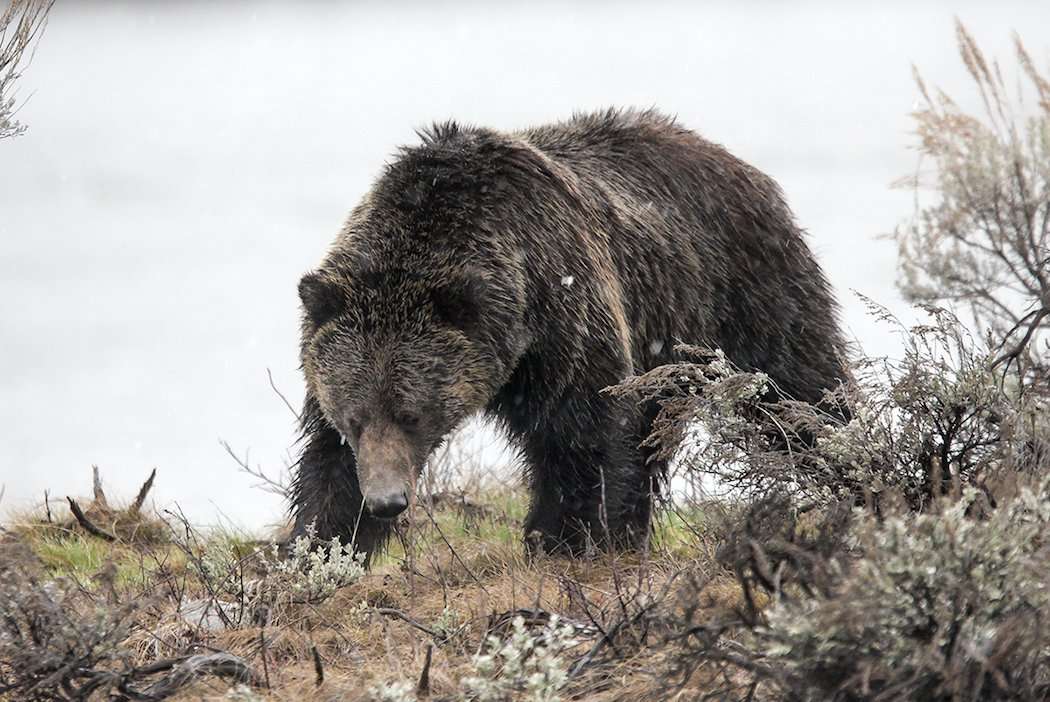
Other than the black bear, the grizzly is one of the smartest and most adaptable bear subspecies. You can find them in Alaska, western Canada, and the northwestern U.S. Grizzlies don't see well but have very good noses and can run faster than 30 mph. These bears weigh anywhere from 500 to 800 pounds.
Click here for more information on the grizzly bear.
Photo credit: Ronnie Howard / Shutterstock
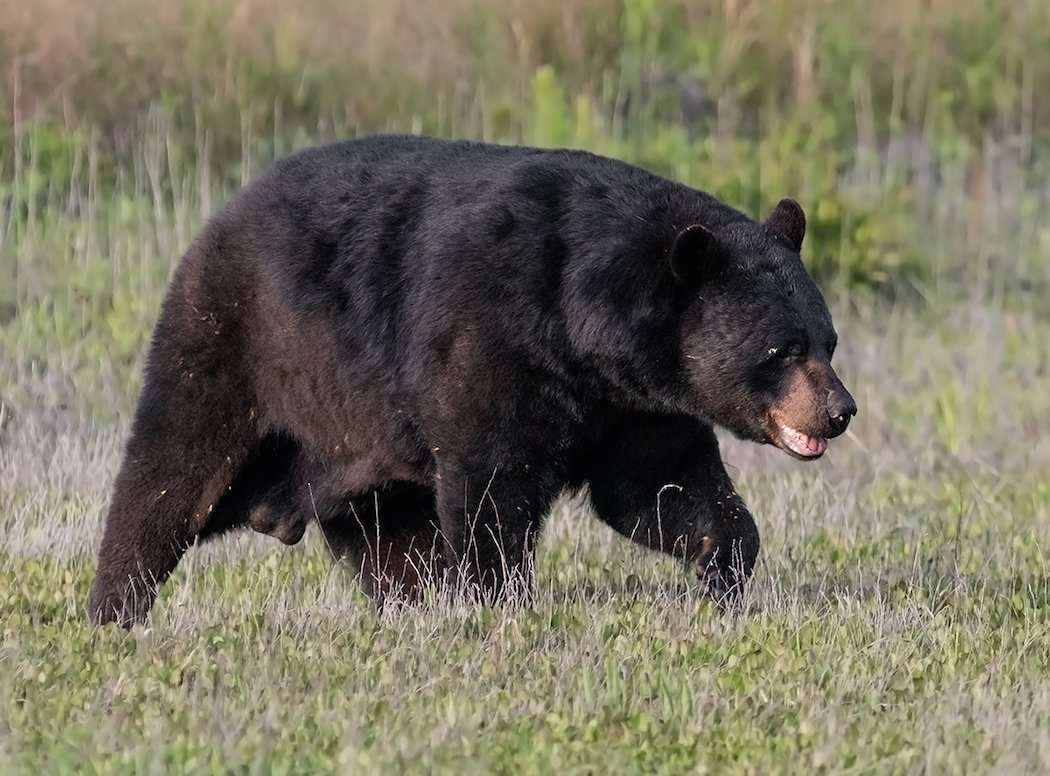
By far the most adaptable bear subspecies, the black bear is found in more than 35 U.S. states, Canada, and parts of Mexico. Adult males can weigh more than 500 pounds, but in southern climates where bears need not hibernate, some are reaching weights of more than 700 pounds.
Click here for more information on the black bear.
Photo credit: Collins93 / Shutterstock
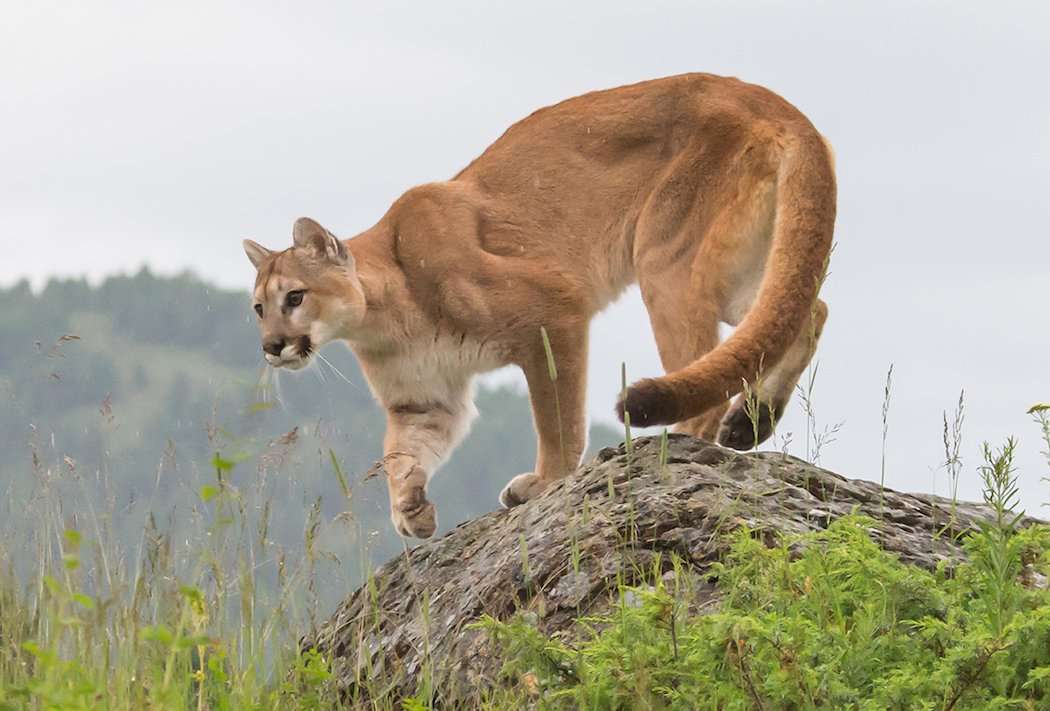
Perhaps one of the most elusive and evasive of all the big game carnivores, the cougar has unparalleled stealth. Like the black bear, it's extremely adaptable. It's been found in Canada, Mexico, and more than 30 U.S. states. Male cats can weigh 100 to 175 pounds.
Click here for more information on the cougar.
Photo credit: Warren Metcalf / Shutterstock
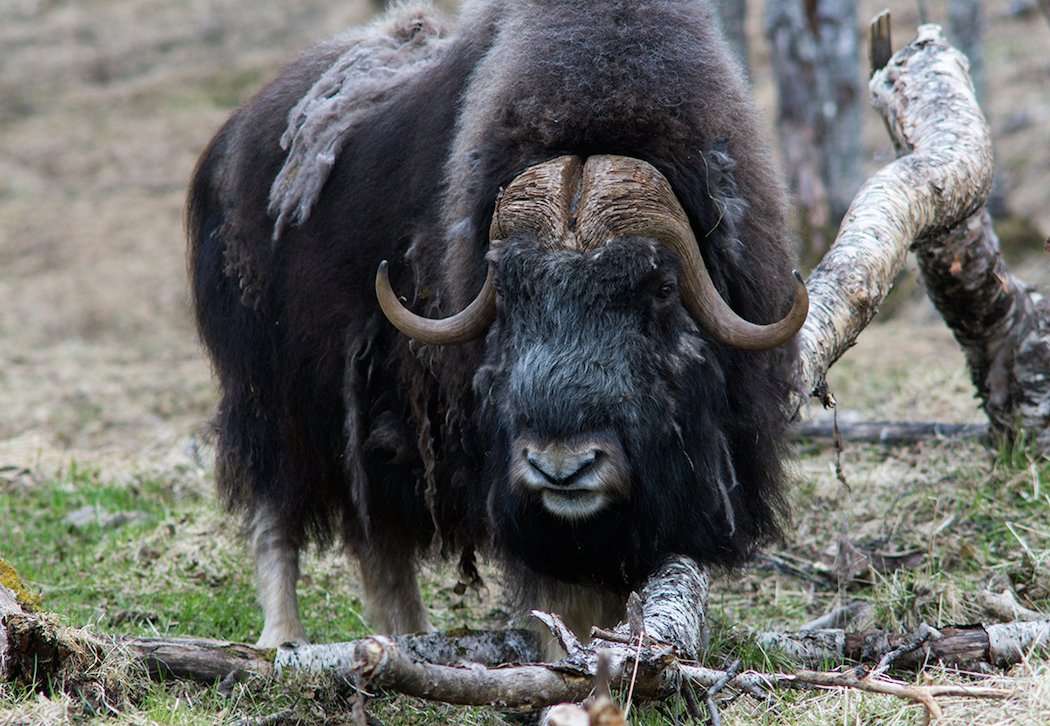
This hairy critter lives in northern Canada, in the coastal regions. They do move inland but in general seem to stay fairly close to water. The muskox gets its name from the intense odor it puts off, and its hair is longer than that of any other animal. Big males can weigh 700 to 750 pounds.
Click here for more information on the muskox.
Photo credit: Simon Schacherl / Shutterstock
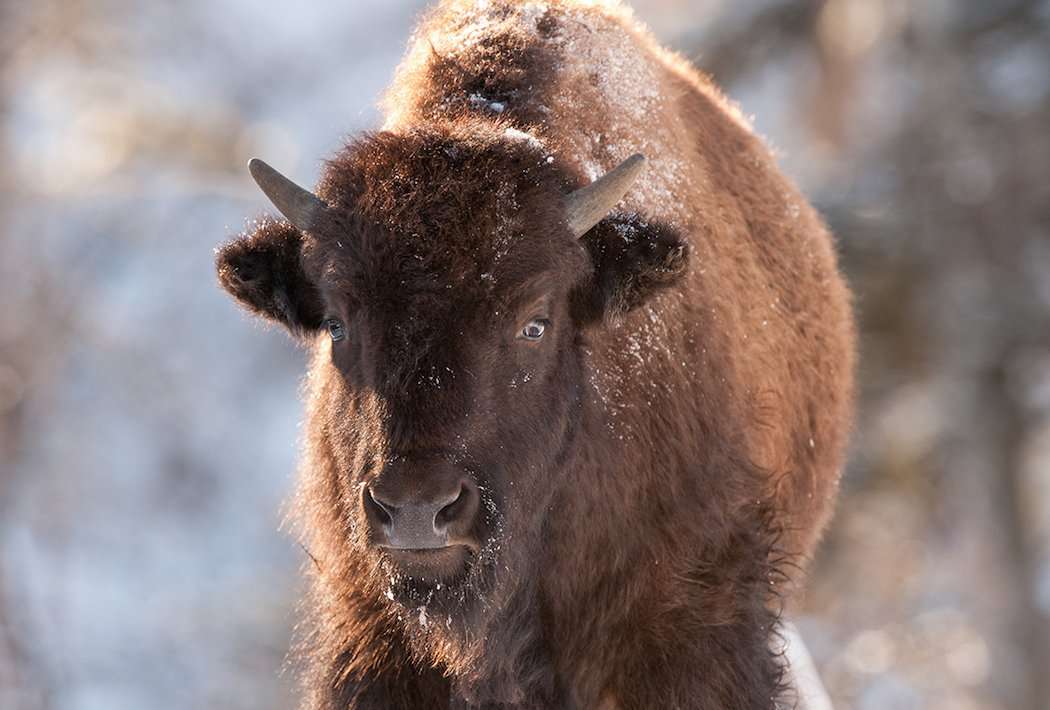
Bison live mostly on the open prairie. Big males can weigh more than 2,000 pounds. You can find these massive animals in Mexico, Canada, and the United States.
Click here for more information on the bison.
Photo credit: Lorraine Logan / Shutterstock

The mountain goat resides in the northwestern U.S. and western Canada. Populations also extend up into Alaska. A big male goat will weigh anywhere from 225 to 300 pounds. These goats don't fight like sheep: Instead of going head to head, they engage from head to rump.
Click here for more information on the mountain goat.
Photo credit: Dr. Alan Lipkin / Shutterstock
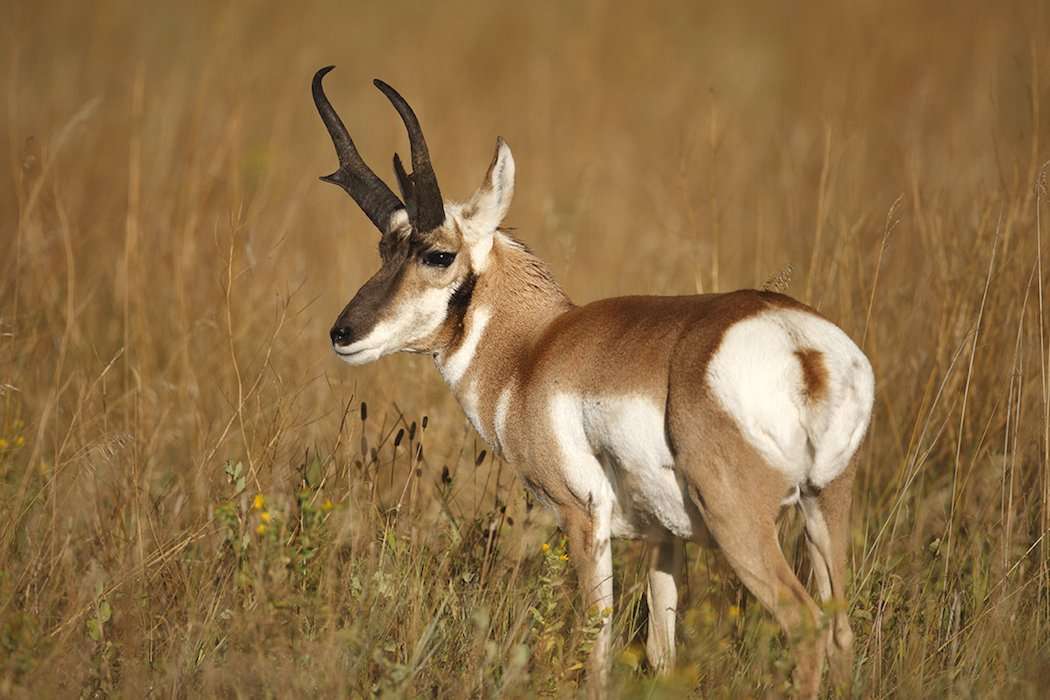
Ah, now to the speed goat. This species lives throughout the western half of the United States and northward into southern Canada. An adult male will weigh about 120 to 130 pounds. They can run 40 to 50 mph for miles on end and sprint at speeds up to 60 mph.
Click here for more information on the pronghorn.
Photo credit: Paul Tessier / Shutterstock

It's the icon of sheep country, what most people think about when they think about sheep: big, bad Rocky Mountain bighorns rising up on hind legs and pile-driving each other in the head. Tough stuff. They range all along the Rocky Mountains and into southern Alberta and British Columbia. Mature rams will weigh between 200 and 300 pounds. You may substitute the California bighorn to fulfill this part of the sheep requirement.
Click here to learn more about the Rocky Mountain bighorn and its range.
Photo credit: Dr. Alan Lipkin / Shutterstock

You're going to have to travel to kill one of these critters. The beautiful, white Dall sheep calls the Alaskan mountains, northern Yukon, northwestern British Columbia, and the Mackenzie Mountains home. Dall sheep can vary in size and weight, and their horns are more slender and longer than other subspecies of sheep.
Click here to learn more about the Dall sheep.
Photo credit: David Hoffmann / Shutterstock
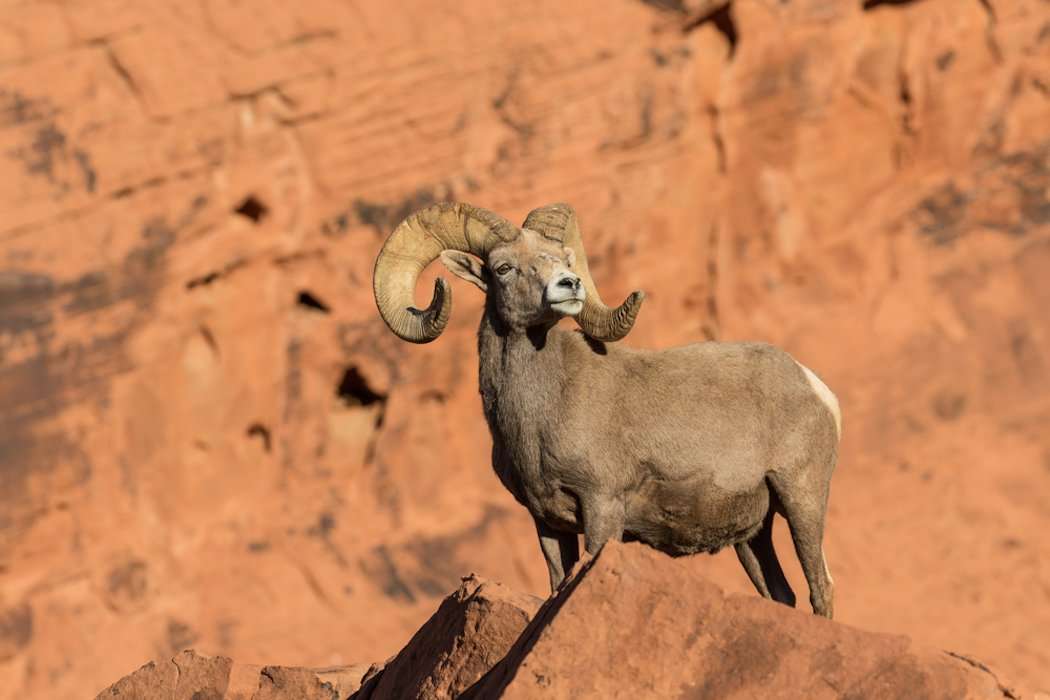
You'll find the desert bighorn in desert mountain ranges, hence the name. Known for their ability to go days without water, they can be found in California, Arizona, Nevada, Colorado, Texas, Utah, and New Mexico. Below the border, they're also in North and South Baja, Coahuila, Chihuahua, and Sonora. Size varies with the habitat, but these sheep tend to be smaller than their high-mountain cousins.
Click here to learn more about the desert bighorn sheep.
Photo credit: Tom Tietz / Shutterstock
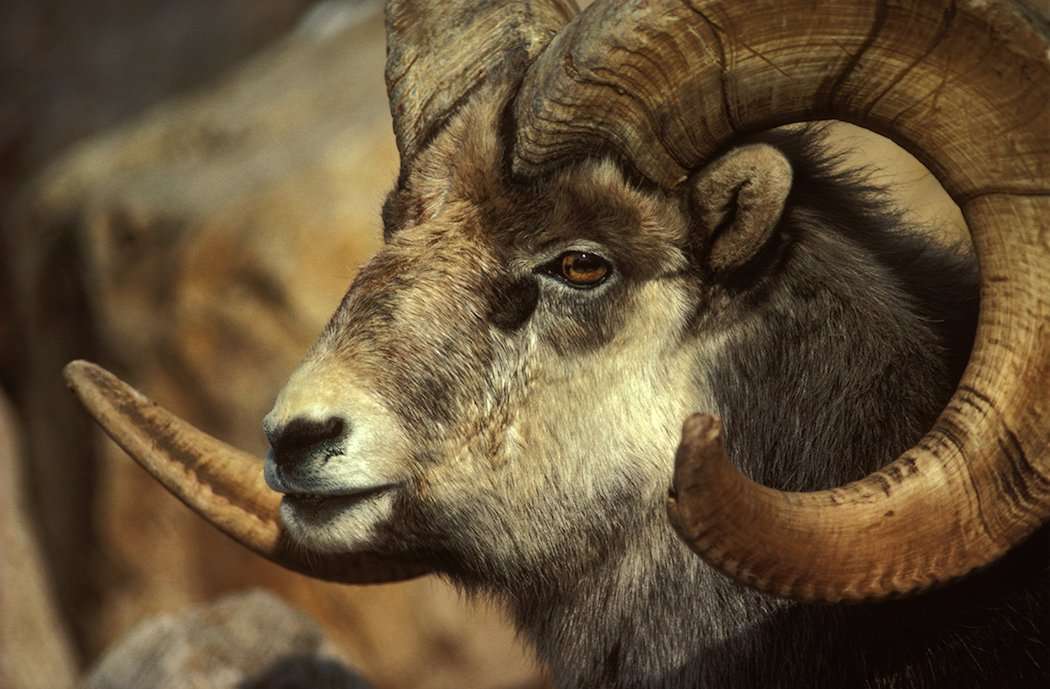
The stone sheep is found in northern British Columbia and southern portions of the Yukon, inhabiting mostly alpine and glacial regions, yet below the permanent snow line. They often feed in the meadows. Very similar to the Fannin sheep, they vary in color. Mature rams generally weigh around 200 pounds.
Click here to learn more about the stone sheep.
Photo credit: Images on the Wildside
Editor's note: Super Slam® is a registered trademark of Grand Slam Club/Ovis used with permission. This was originally published March 23, 2017.
Click here for more big game hunting articles, galleries and videos.
Follow us on Facebook.












